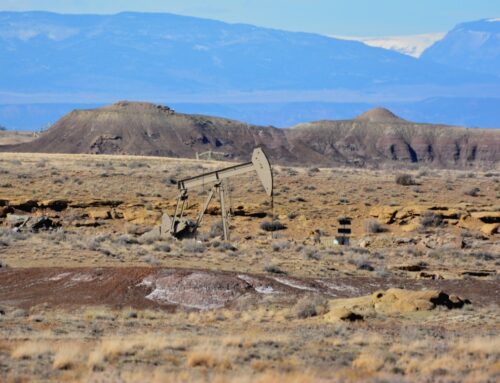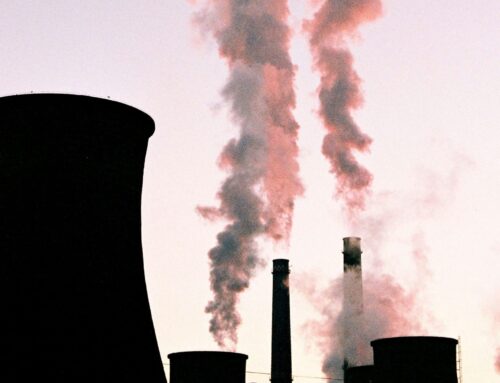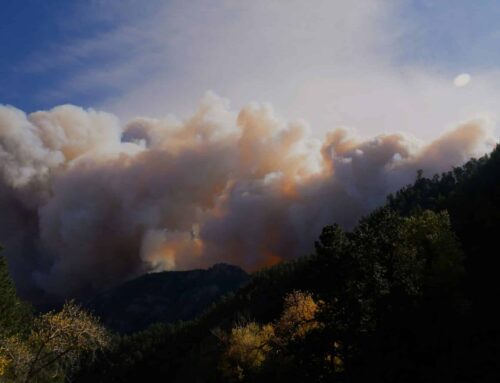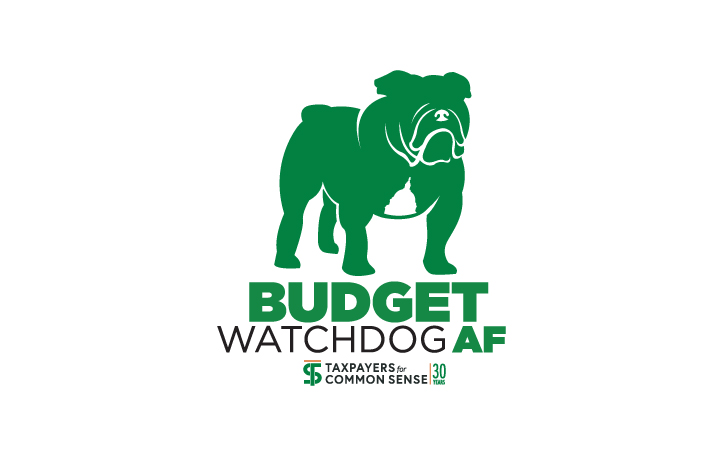California is at the center of an escalating wildfire crisis, with recent fires in Los Angeles exposing the state’s vulnerability to climate-driven disasters. The Palisades and Eaton blazes alone destroyed thousands of homes, displaced families, and caused tens of billions of dollars in damages. Experts estimate these wildfires could rank among the most expensive in U.S. history, with economic losses between $150 billion and $275 billion. Losses were particularly magnified because high-value areas like Pacific Palisades were hit especially hard. Total property and capital losses ranged from $75 billion to $131 billion, magnifying the financial burden for homeowners and insurance providers alike.
The fallout extends far beyond the burn areas. California’s home insurance market is buckling under the weight of these disasters. Insurance losses from the Los Angeles fires surpassed $28 billion and are estimated to range up to $45 billion, one of the costliest in California history.
These losses will likely be another blow to Californian home insurance companies whose underwriting results—the difference between premiums collected and expenses and claims paid out—have largely depended on major catastrophe events in the past. The Los Angeles fires will certainly be considered one. The 2017 wildfire season alone—another major catastrophe event—wiped out over 10 years of underwriting profits for California home insurance companies. The 2017 and 2018 wildfires resulted in a combined underwriting loss of $20 billion—more than double the underwriting profit the state’s insurers generated from 1991 to 2016.
The 2017 and 2018 wildfire seasons and the Los Angeles fires earlier this year show that major catastrophe events like wildfires can no longer be dismissed as anomalies. When a single severe catastrophe can turn a relatively profitable line of business into an unprofitable one and the frequency of these events is ever increasing, insurers need to re-evaluate—do they have enough capital to underwrite the risks they take on, are their rates adequate, and how can they model for catastrophe events? However, even as insurers recognize the need to assess wildfire risks more accurately, the California regulatory environment has not allowed them to charge premiums consistent with risk estimations.
- mandylin on Unsplash










